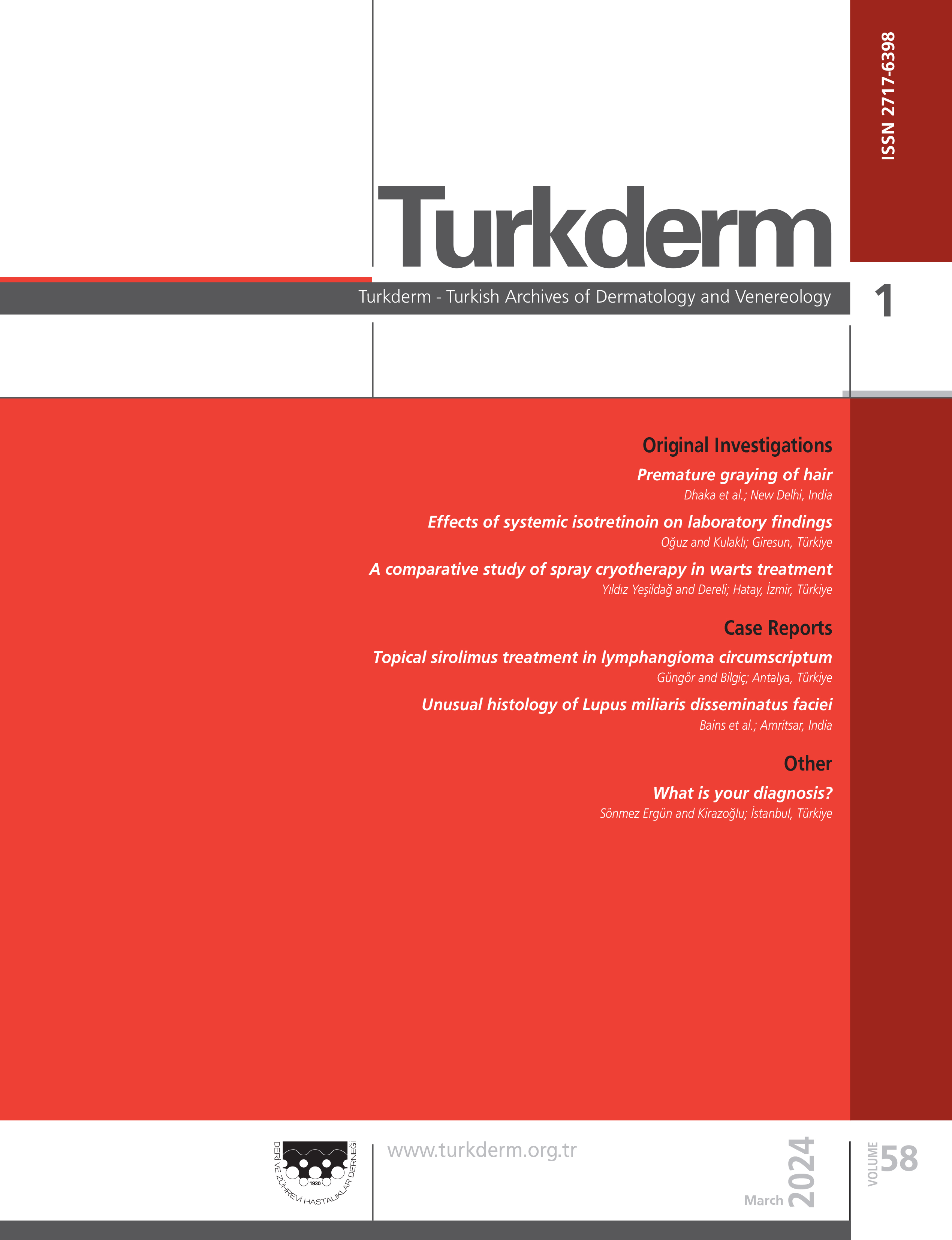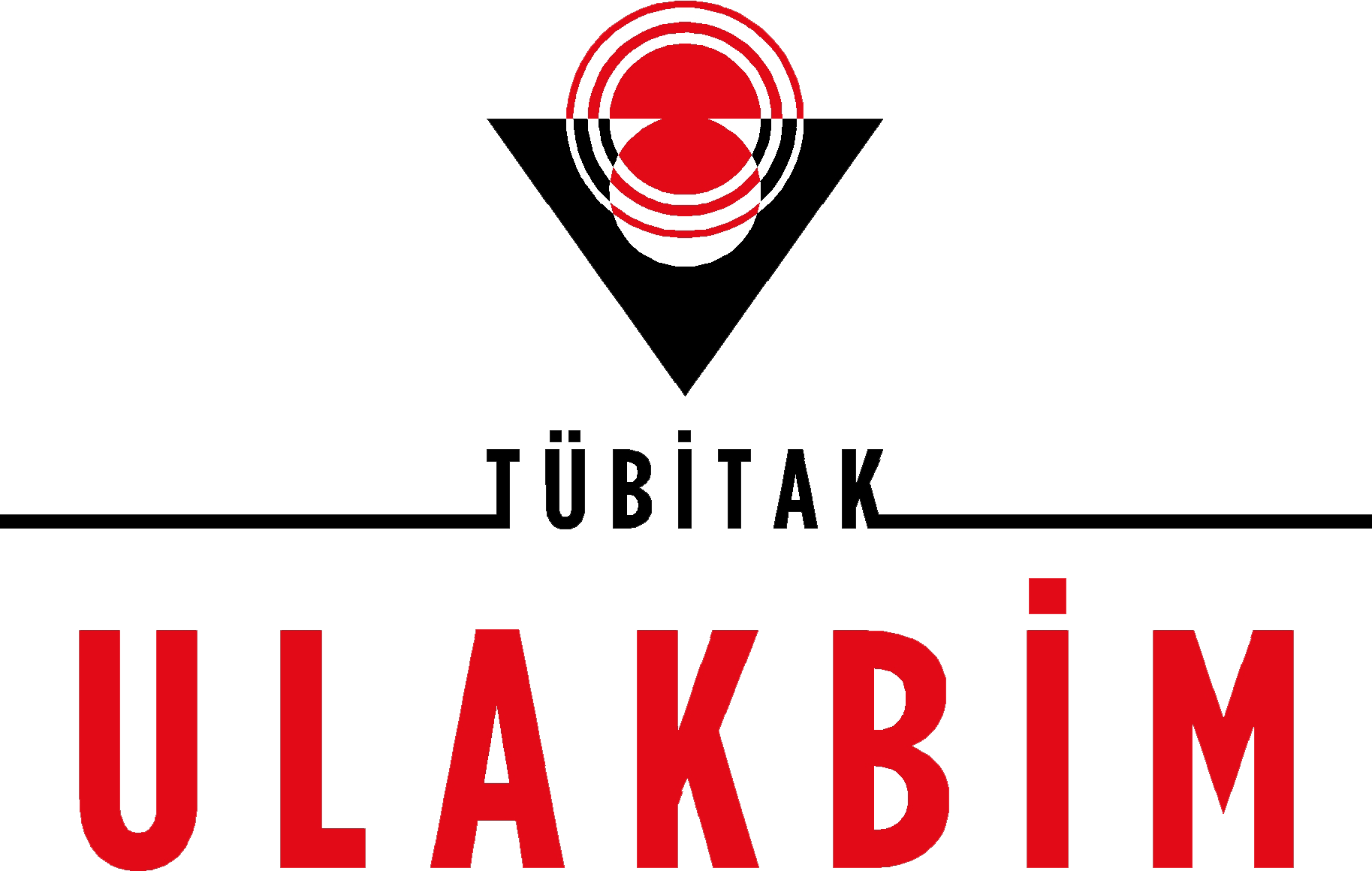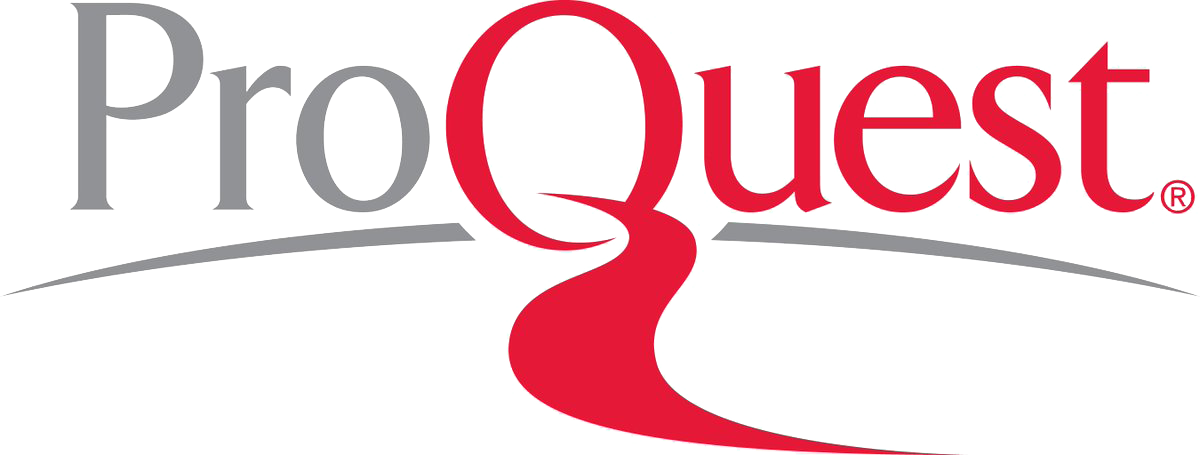Comparison of weekly low-dose and high-dose incremental protocols of narrow band ultraviolet B therapy for psoriasis
Mehtap Ünlü Bıçak, Turna İlknur, Sevgi Akarsu, Filiz Yücel, Ayşe Şebnem ÖzkanDepartment Of Dermatology, Dokuz Eylul University Faculty Of Medicine, İzmir, TurkeyBackground and design: Considering the probable long-term side-effects of narrowband UVB (NB-UVB) therapy, various studies have been conducted to provide more effective and reliable protocols by applying the different initial doses, numbers of sessions or dose increments. The aim of this study is to compare the clinical effectiveness of weekly low-dose increments and weekly high-dose increments of NB-UVB therapy in psoriasis.
Materials and methods: Twenty-nine patients with psoriasis vulgaris underwent NB-UVB therapy with a weekly low-dose (20%) increment protocol (group 1; n=14) or weekly high-dose (40%) increment protocol (group 2; n=15). Patients were monitored weekly for 12 weeks and evaluated by the Psoriasis Area Severity Index (PASI).
Results: The PASI scores prior to the therapy and during the 12-weeks of therapy for each week between the groups were compared and no statistically significant difference was found except week 12. The mean PASI scores at week 12 was significantly lower in patients from group 2 than in patients from group 1 (p=0.045). The mean number of patients and therapy sessions required with ≥50%, ≥75% and ≥90% PASI reduction did not differ between both groups. Although comparison of the two groups according to the mean cumulative doses with ≥50% and ≥90% PASI reduction did not reveal a statistically significant difference; however, those of patients with ≥75% PASI reduction and at the end of the 12-week therapy were significantly higher in the group with a weekly high-dose increment than in the group with a weekly low-dose increment (p=0.014 and p=0.00, respectively).
Conclusion: Although we are aware that our results may need to be supported with large-series studies, we suggest that a weekly low-dose increment regime of NB-UVB therapy is preferable in the treatment of psoriasis as it produces nearly similar effects as a weekly high-dose increment regime but with the lower cumulative doses.
Psoriasiste dar band ultraviyole B tedavisinde haftalık düşük ve yüksek oranlı doz artış protokollerinin karşılaştırılması
Mehtap Ünlü Bıçak, Turna İlknur, Sevgi Akarsu, Filiz Yücel, Ayşe Şebnem ÖzkanDokuz Eylül Üniversitesi Tıp Fakültesi, Dermatoloji Anabilim Dalı, İzmir, TürkiyeGiriş ve amaç: Dar band UVB (DB-UVB) fototerapinin olası uzun dönem yan etkileri göz önüne alındığında daha etkili ve güvenilir protokollere ulaşmak için farklı başlangıç dozları, seans sayıları veya doz artışlarının kullanıldığı çeşitli çalışmalar yapılmıştır. Bu çalışmanın amacı psoriyazisde DB-UVB tedavisiyle haftalık düşük doz artışları ile haftalık yüksek doz artışlarının klinik etkinliklerini karşılaştırmaktır.
Gereç ve yöntemler: Psoriyazis vulgarisli 29 olgu haftalık düşük doz (%20) artış (grup 1; n=14) protokolü ya da haftalık yüksek doz (%40) artış (grup 2; n=15) protokolünün uygulandığı DB-UVB tedavisi almıştır. Olgular 12 hafta boyunca haftalık olarak izlenmişler ve Psoriyazis Alan Şiddet İndeksi (PAŞİ) ile değerlendirilmişlerdir.
Bulgular: Gruplar arasında tedavi öncesindeki ve 12 haftalık tedavi süresince belirlenen haftalık PAŞİ skorları karşılaştırılmış ve 12. hafta dışında istatistiksel fark bulunmamıştır. 12. haftadaki ortalama PAŞİ skorları grup 2deki olgularda grup 1deki olgulara göre anlamlı olarak daha düşüktür (p=0.045). Her iki grup arasında PAŞİ değerlerinde ≥%50, ≥%75 ve ≥%90 azalma sağlanan olgu sayıları ve gerekli tedavi seanslarının sayıları açısından farklılık saptanmamıştır. Her iki grup PAŞİ değerlerinde ≥%50 ve ≥%90 azalma sağlayan ortalama kümülatif dozlar açısından karşılaştırıldığında istatistiksel anlamlı fark gözlenmemesine rağmen, PAŞİ değerlerinde ≥%75 azalma sağlayan ve 12 haftalık tedavi sonunda ulaşılan kümülatif doz ortalamaları haftalık yüksek doz artış uygulanan grupta haftalık düşük doz artış uygulanan gruba göre anlamlı olarak daha yüksek bulunmuştur (sırasıyla p=0.014 ve P =0.00).
Sonuç: Sonuçlarımızın geniş olgu serili çalışmalarla desteklenmesi gerekliliğinin farkında olsak da, psoriyazis tedavisinde DB-UVB fototerapi ile haftalık düşük doz artış uygulamasının daha düşük kümülatif dozlarda haftalık yüksek doz artış uygulamasıyla hemen hemen benzer etkiler oluşturması açısından tercih edilebileceğini düşünmekteyiz.
Corresponding Author: Sevgi Akarsu, Türkiye
Manuscript Language: Turkish






















